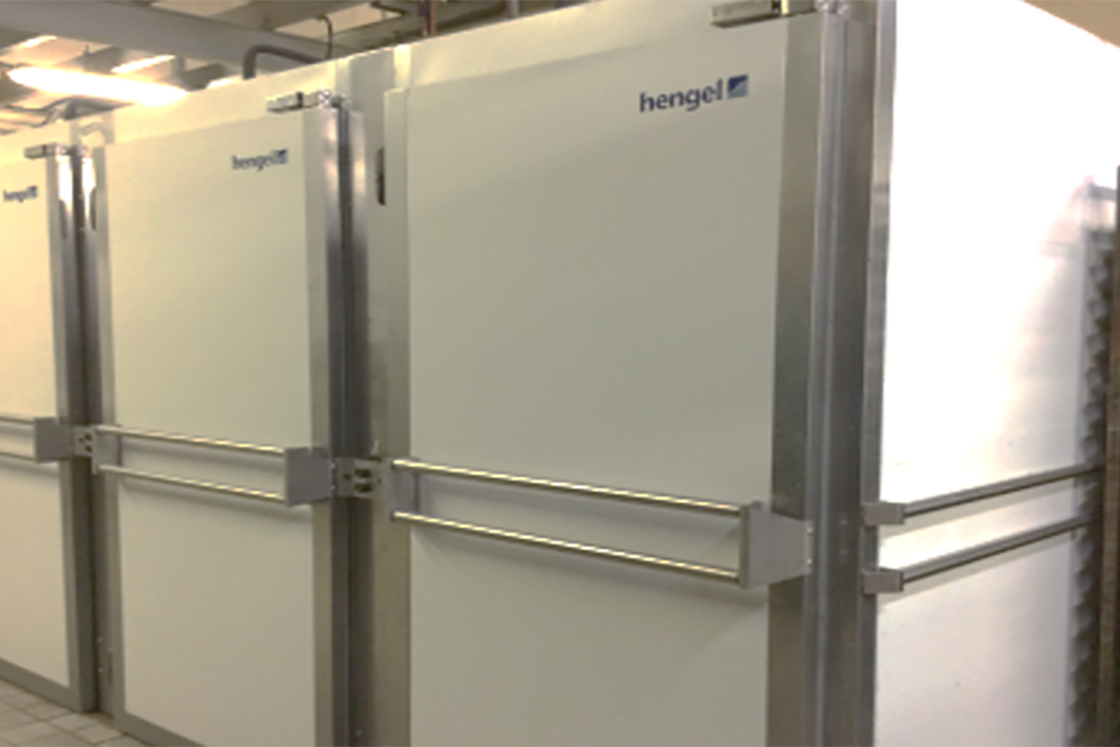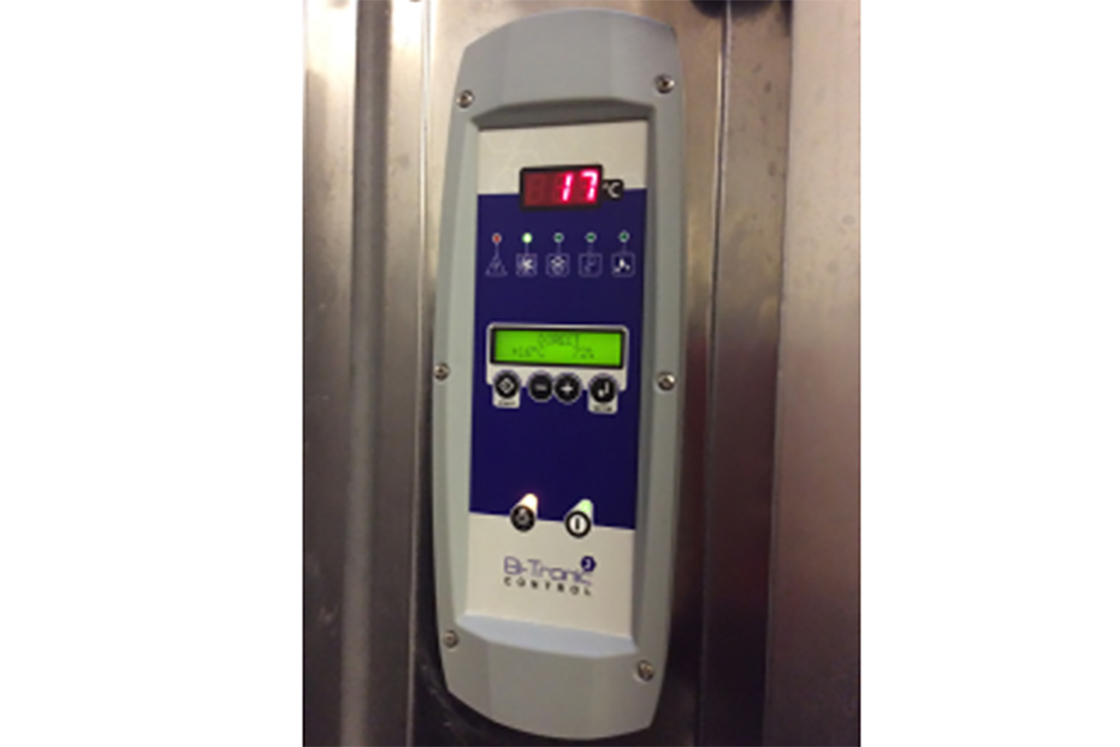Pilot installation of an Optyma™ Plus INVERTER in a bakery.
The pilot installation of an Optyma™ Plus INVERTER packaged condensing unit 18 months ago in a hypermarket bakery highlights the main benefits this capacity modulation solution offers for hypermarkets, supermarkets and convenience stores.
This hypermarket is located in small town in southern France with a population of almost 18,000 and a Mediterranean climate, making it a popular tourist destination from spring to autumn.For that reason, production of bread and baguettes varies very significantly, from 1000 to 2000 baguettes per day depending on the season, in this in-store bakery in a hypermarket that is part of an internationally known chain. The bakery also offers a wide variety of other breads, as well as pizzas, quiches and pies to take away.

For those who know about baking, that means frequent cycle changes depending on production requirements, quick thawing or accelerated fermentation of doughs with different rising temperatures.
Each stage of bread fermentation - first fermentation, shaping and second fermentation - requires very specific temperatures.
In addition, for every kilogram of flour, five to six liters of carbon dioxide are produced, including two liters during the first fermentation. Fermentation also produces ethanol, and small quantities of acetic and lactic acid, propionic acid, pyruvic acid, etc., as well as aromatic aldehydes and ketones. This corrosive gas and dust – from the flour – released by the evaporators are a source of corrosion and so pose leakage risks for the system.
These constraints led Bernard Abrax, manager of Tessonnière, a commercial and industrial refrigeration and air conditioning specialist, to install a standalone refrigeration circuit for the bakery, on the roof of the supermarket above the retarder/proofers. The announced arrival of the first Optyma™ Plus INVERTER variable-capacity condenser units enabled him to design a standalone system that also offers continuous adjustment to refrigerant requirements and required temperatures, in a much more energy-efficient way.


